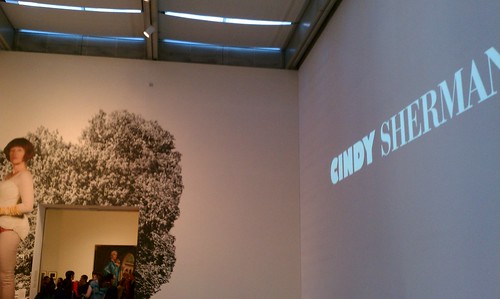
I had wanted to dine at Isa in south Williamsburg since reading the story in The New York Times about the restaurant designer, Taavo Somer. Granted much of my desire was rooted in decor, but I also felt confident that the food would be just as unique.
Walking into the restaurant, through bright crochet'd curtains that seemed purchased off Etsy, I was greeted in every direction with warm wood notes. Every chair was wood, every table, the floor, the walls, there were even wood logs fit into triangular shelves. The stage in the main room is the open kitchen, complete with Carrera marble countertop. It's gorgeous. The side room, to the right, features a long, comfortable bar and more tables. We didn't get to sit near the kitchen, but I would have enjoyed being close to the commotion.
While waiting for my friend I perused the drink menu, settling on a cocktail named Yoga Tuesdays, a drink made with gin, beet juice, mint, lime and limoncello. The drink arrived in a shallow champagne glass, bright pink with a lime wedge. It was, interesting. I don't think I like limoncello, lesson learned. When my friend arrived we settled in to our wood table. A waiter came by and handed us color xeroxes, rather like we were getting a band flyer on the street. "Let me know if you have any questions," he said.
Reviewing the flyer one first had to decipher how the information was laid out, nothing was noted as an appetizer, a main or a dessert. The menu items leapt out like a shopping list for the grocery store. There was Ham for $10. Oysters & Ice for $16. Bread for $5. Beets & Granola for $14. Reading through the items one is forced to think first about what ingredients one likes. And then to flag down the waiter for help. Thankfully our very tall waiter was very helpful and when he walked away we had enough details to make some ordering decisions. Maybe next time we can just use darts?
We shared three appetizers: steak tartare (shown above), beet "salad", and daikon pickles. The tartare was finely chopped and placed alongside a creamy sunchoke puree, a circular pile of crunchy flax seeds and a light poof of pepper. The dish was wonderful, inventive and tasty, if a wee salty for my liking. The pickled daikon was good, but again, too salty (yes, I know they're pickles). The gently curled beet salad, which came with yogurt and granola, was wonderful. The five-dollar bread, which comes with herbed butter is worth every penny, but considering that the prices are already rather UP there, I think paying for bread seems a bit gauche.
For dinner I had the mackerel along with a red blend from a California grower called Coturri. I would definitely track down this wine so I could drink it again. The mackerel was large, a dish that we easily could have split (note to waiter). The fish, reaching both ends of the plate, was hidden by overlaying circles of carrots, radishes and beets, all with a light al dente crunch. It was so pretty I spent a few moments trying to get a photo of it. My date had the pork loin, which just seemed too rich for an entire main dish. The mackerel was light, rich, delicate. It was the star of the meal.
By now we were both stuffed, so we skipped what I'm sure would have been further inventive culinary creations, this time with a dash of sugar. I'd love to go again, perhaps when someone else is picking up the bill.

